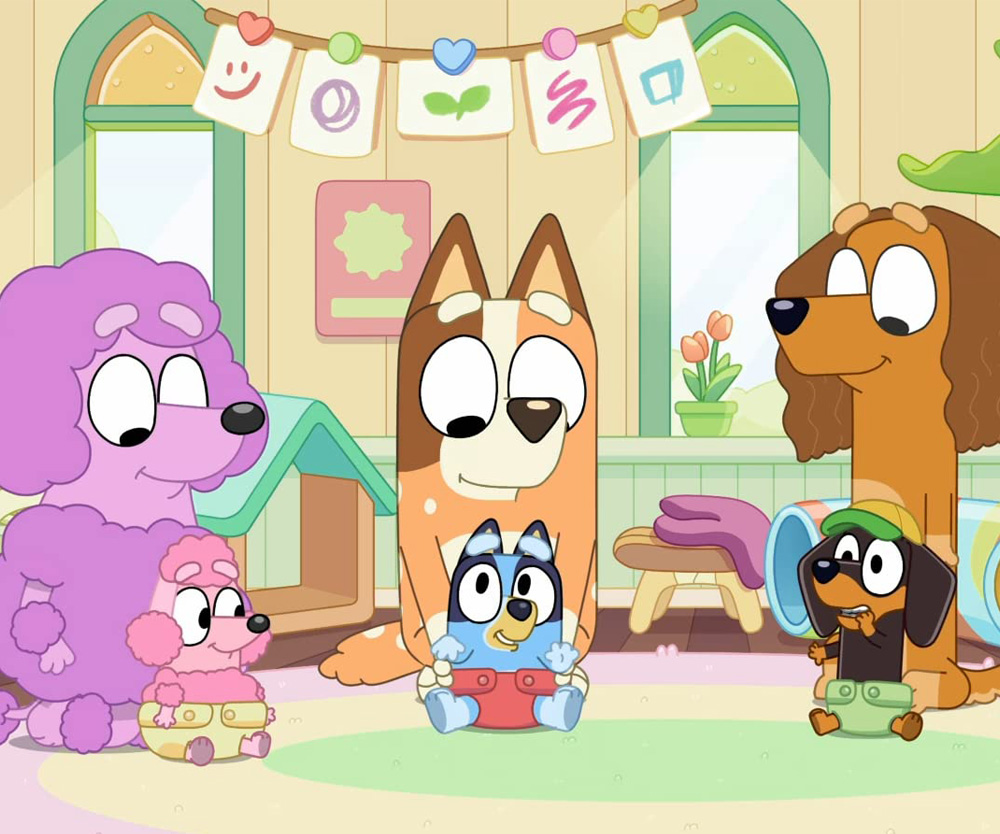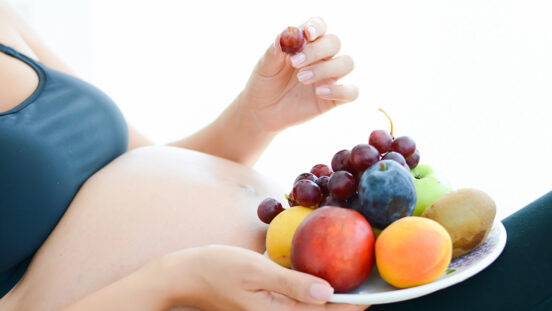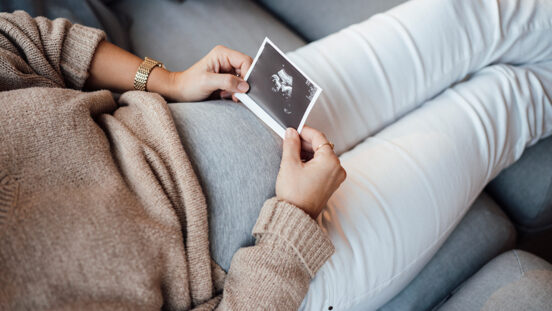36 weeks pregnant: Your body is prepping for labour
Your breasts may start to leak colostrum and your baby is quickly running out of room in utero.
Midway through the third trimester, at 36 weeks, you will be well and truly looking and feeling pregnant! For most expectant mums, it’s a wonderful time of excitement and preparation as the time for the pitter patter of tiny feet is imminent.
Here’s what you can expect from your body (and your unborn baby) during this time.
What to expect at 36 weeks pregnant
Your body at 36 weeks
Since the moment of conception 34 weeks ago, when your baby was no bigger than a microscopic dot, your body has been slowly but surely preparing for labour. The muscles in your uterus have been strengthening ready to push your baby down the birth canal and out into the big wide world.
You’ll start seeing your doctor or midwife weekly from now until the birth.
Making early breast milk
Your breasts have also been changing throughout pregnancy, in anticipation of their important role as milk-suppliers for your baby. You’ll have noticed them becoming tender: this is due to hormones produced by the placenta stimulating your breasts to produce milk. This milk is stored in little ‘sacs’ or pouches called alveoli. In the last few weeks before birth, you may start to leak colostrum – a sweet, high-protein liquid full of antibodies that precedes breast-milk. (Wear maternity pads in your bra to absorb it if this becomes a problem).
If you’re planning to breastfeed, you can encourage the flow of colostrum by expressing a little each day: gently squeeze your nipple with your thumb and index finger until the liquid emerges.
Top tip for breastfeeding
Ignore the old wives’ tale about ‘toughening up’ your nipples in preparation for breastfeeding. In the not-so-distant past, you’d have been advised to rub them with a dry toothbrush for several weeks before your due date… ouch! Current wisdom says it won’t work – and it hurts, so don’t put yourself through the pain! You can opt to use a specific nipple cream, if you’d like.
It’s show time!
One of the first signs that labour is imminent is a show: this is when a small ‘plug’ of blood-stained mucus comes away from the neck of the uterus. You may notice it when you go to the toilet, or if you’re wearing sanitary towels in case your waters break.
The mucus ‘plug’ has sealed your cervix, protecting your baby from infection throughout pregnancy, and having a show is a sign that the cervix may be starting to dilate. Don’t get too excited, though: even after a show, you may not go into labour for several days!
Your baby at 36 weeks gestation
She weighs 3kg, with a crown to rump length of 34cm and head-to-toe length of 46cm. She’s probably still covered with greasy vernix – as well as protecting her skin, this may also act as a lubricant during birth.

You’ll start seeing your doctor or midwife weekly from now until the birth.
Twins peak
If you’re having twins, they may well arrive this week, so pack your hospital bag!
Slow, slow, quick, quick, slow
As you reach this stage, your baby has less space to ‘swim’ and ‘tumble’ around in. She simply doesn’t have room to twist and turn like she did a few weeks ago, so you may notice some difference in her movements. However, if you’re at all concerned, don’t hesitate to visit the surgery for a check-up and ask to listen to your baby’s heartbeat.
Did you know?
The latest research shows that breastfeeding may help to prevent your baby’s teeth decaying: it’s thought that breast milk may contain antibodies to the bacteria that cause decay.




